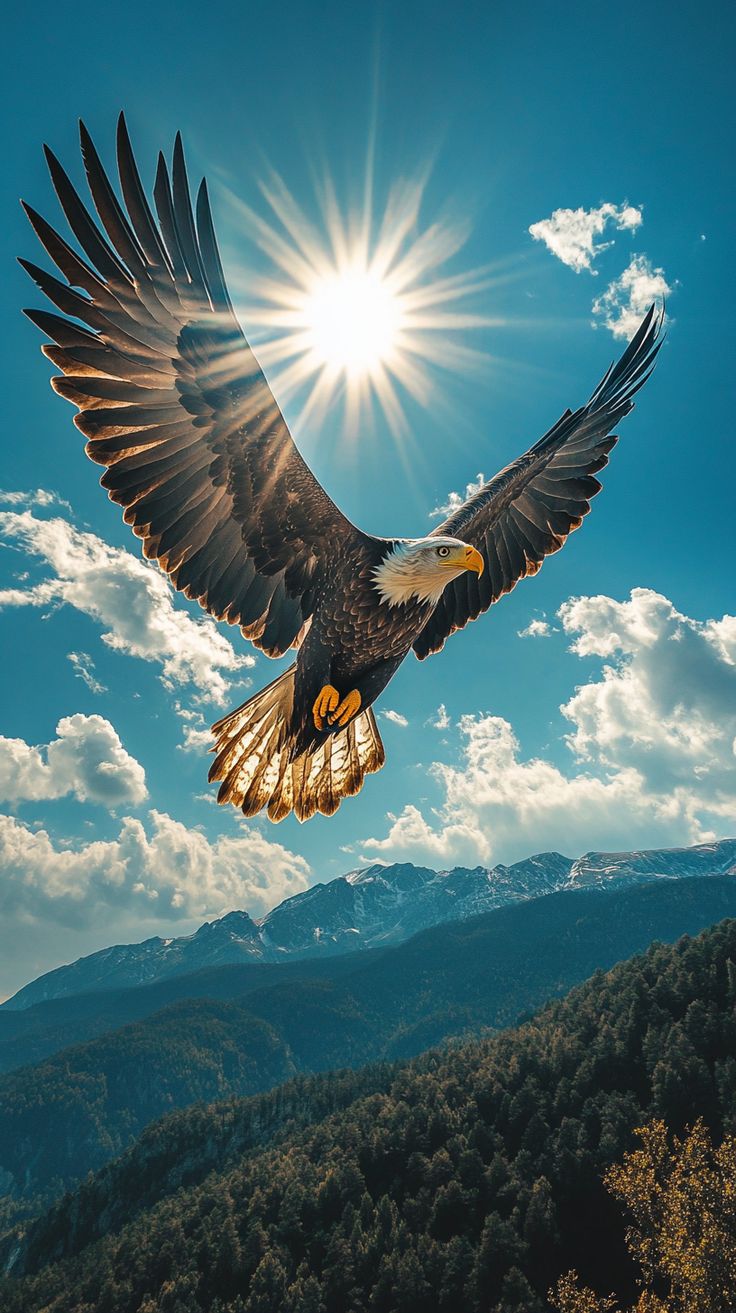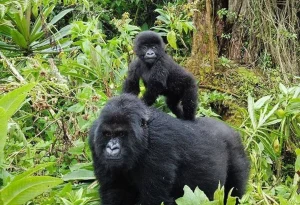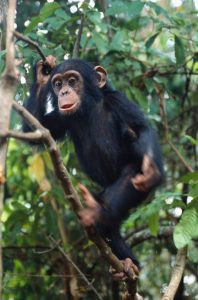Birdwatching Experiences in Uganda and Rwanda
Discover the vibrant birdwatching experiences in Uganda and Rwanda. Explore diverse ecosystems and spot rare species, including the elusive shoebill and colorful turacos in Africa’s best birding destinations. Birdwatching in East Africa is a deeply rewarding experience, and nowhere is this more evident than in the neighboring countries of Uganda and Rwanda. With rich ecosystems that span from alpine forests and swamps to savannahs and lakeshores, these countries provide habitat to over 1,000 bird species combined, making them top-tier destinations for avian lovers.
From the iconic shoebill stork in Uganda’s wetlands to the vibrant Rwenzori turaco in Rwanda’s montane forests, the region offers a unique mix of endemic, migratory, and rare birds. Whether you’re a passionate ornithologist or a curious traveler, birdwatching here connects you to the pulse of Africa’s untamed natural world.
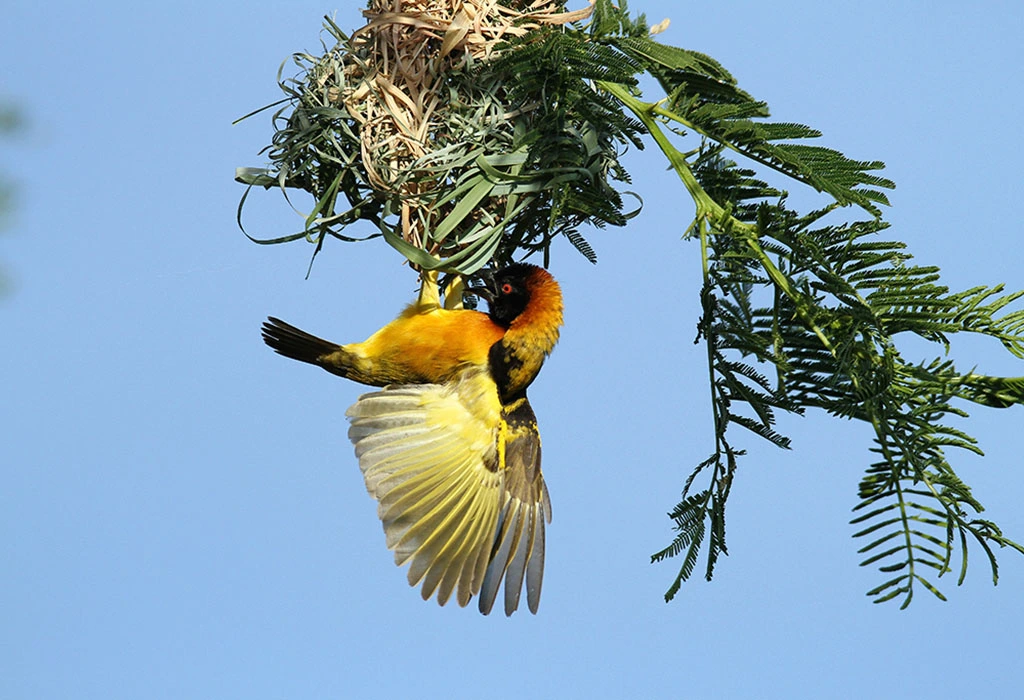
Birding in Uganda: The Pearl of Africa’s Feathered Treasures
Uganda’s diverse landscapes host over 1,060 recorded bird species, a remarkable number given the country’s size. This makes it one of the richest birding destinations on the African continent.
Mabamba Swamp
Located on the northern shore of Lake Victoria, just outside Kampala, Mabamba Swamp is internationally famous for its population of shoebill storks. The wetland is also home to papyrus gonoleks, swamp flycatchers, and African pygmy geese. A canoe ride through the dense papyrus is the best way to explore the area and observe birds at close range.
Bwindi Impenetrable Forest
Though best known for gorilla trekking, Bwindi is also a birder’s paradise. The forest supports over 350 bird species, including 23 Albertine Rift endemics like the African green broadbill and Shelley’s crimsonwing. The Ruhija and Buhoma sectors are popular starting points for birding expeditions.
Queen Elizabeth National Park
This park features over 600 bird species and supports both savannah and wetland habitats. Species like the African skimmer, pink-backed pelican, and saddle-billed stork are common along the Kazinga Channel, which is best explored via boat.
Semuliki National Park
Semuliki is a lowland tropical rainforest with strong affinities to Central African bird species. Notable sightings include the white-crested hornbill, Nkulengu rail, and lyre-tailed honeyguide. It is one of Uganda’s best-kept birding secrets.
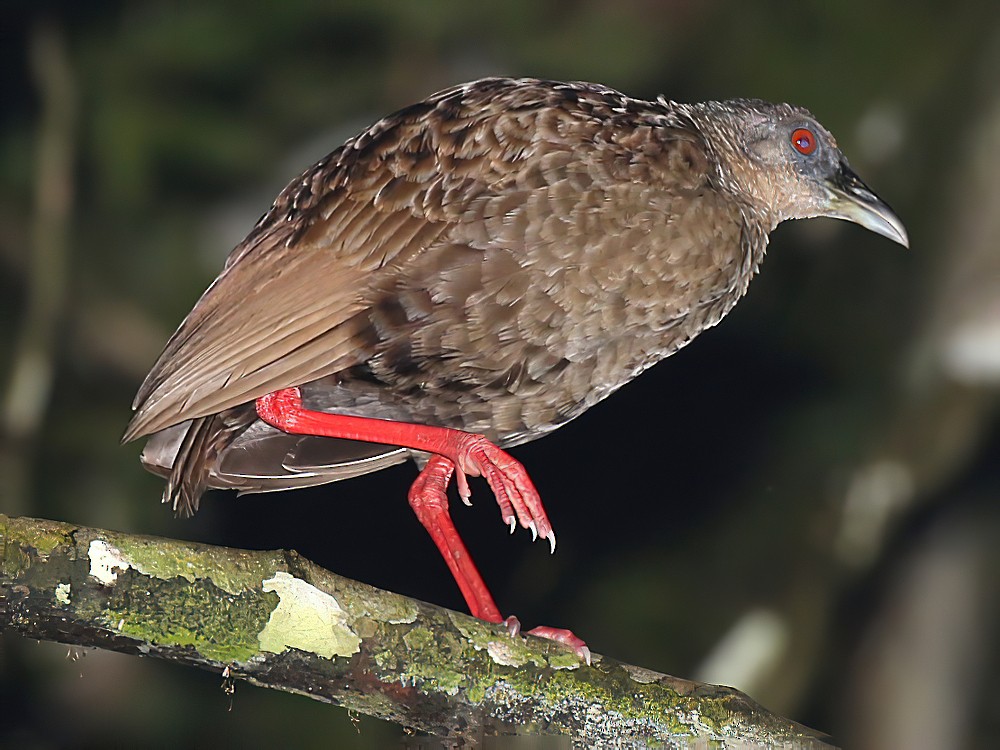
Birding in Rwanda: Small Country, Big Birding Opportunities
Rwanda boasts around 700 bird species, an incredible figure considering its compact geography. The country’s focus on conservation and eco-tourism has made it a hotspot for birdwatchers seeking both endemics and scenic beauty.
Nyungwe Forest National Park
This high-altitude rainforest is a biodiversity haven, home to over 300 bird species, including the Rwenzori turaco, Grauer’s swamp warbler, and red-collared babbler. Birdwatching here often involves nature walks through ancient canopy trails and bamboo forests.
Akagera National Park
Akagera is a birder’s dream with its mosaic of savannah, woodland, and wetlands. Over 500 bird species have been recorded here, including the papyrus gonolek, African fish eagle, and shoebill. Birding safaris can be done by vehicle or boat, especially along Lake Ihema.
Volcanoes National Park
More than just a gorilla stronghold, Volcanoes also shelters birds such as the dusky crimsonwing, Ruwenzori double-collared sunbird, and archer’s robin-chat. Birding here is best enjoyed while hiking the lower slopes of the Virunga Mountains.
Why Uganda and Rwanda are Top Birding Destinations
High Biodiversity – The region’s blend of East African savannahs and Central African rainforests results in a stunning variety of habitats and species.
Albertine Rift Endemics – Many species found here are not seen anywhere else in the world, especially in forested regions near the Rift Valley.
Ease of Access – Both countries offer well-managed parks with experienced guides and reliable infrastructure.
Conservation Commitment – National efforts to protect biodiversity make Uganda and Rwanda ideal destinations for ethical birdwatching.
Best Time for Birdwatching
Birdwatching is a year-round activity in Uganda and Rwanda, but the best periods are during the dry seasons from December to February and June to August. Migratory species are often seen from November to April, adding to the diversity.
Early mornings are typically the most active time for birds, and some of the most rewarding experiences come from patient, guided walks in quieter, forested regions.
Responsible Birdwatching and Conservation Impact
Birdwatching is more than a hobby—it’s a tool for conservation. Eco-tourism revenue helps fund habitat protection and community outreach programs that safeguard bird species and biodiversity. In both Uganda and Rwanda, birders directly contribute to local economies by supporting guided tours, eco-lodges, and conservation programs.
Tourists are encouraged to follow ethical birding practices: avoid playback sounds that stress birds, keep a respectful distance, and avoid disturbing nesting areas. Partnering with certified birding guides also ensures accurate identification and a richer experience.
Conclusion
Birdwatching in Uganda and Rwanda offers an unparalleled combination of diversity, accessibility, and ecological significance. These two countries, though small on the map, pack a massive punch when it comes to avian variety and natural beauty.
Whether you’re in search of the rare shoebill, drawn to colorful turacos, or simply enjoy the peaceful rhythm of birdsong in ancient forests, East Africa’s birding experiences will leave you inspired and awestruck. Pack your binoculars and camera—the skies, trees, and wetlands of Uganda and Rwanda are calling. Birdwatching Experiences in Uganda and Rwanda

